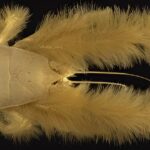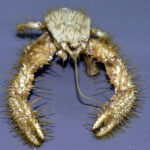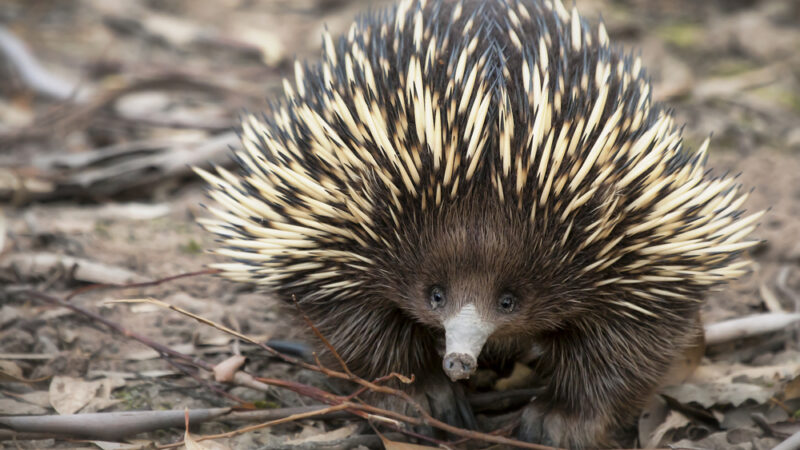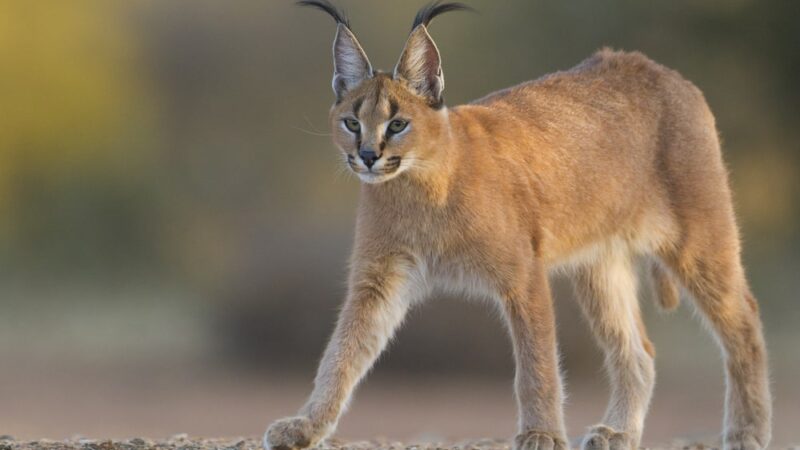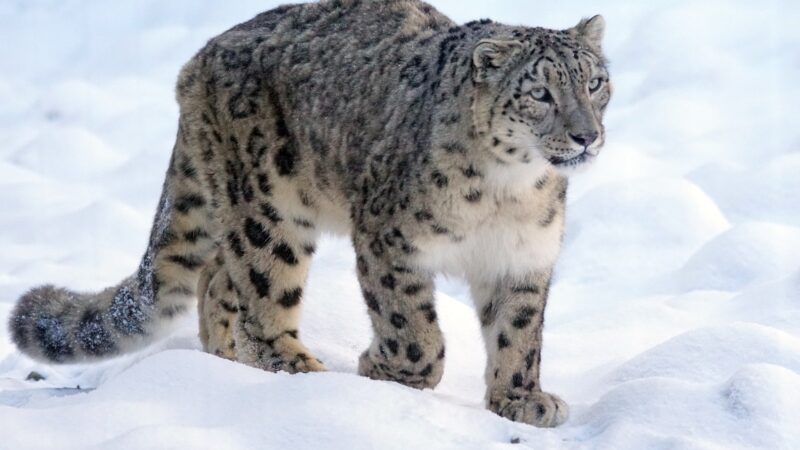Yeti Crab
Shelter for Animal | Yeti Crab | Yeti crabs (Kiwa hirsuta) are cool arthropods. The crustacean yeti grab is a genus of decker pods known as Kiowa named after the Polynesian guardian of the sea. Some sources say Kiowa was the goddess of shellfish however, others dispute this and say it was the guardian.
Yeti crab
Yeti crabs are not true crabs as they belong to the infra order a Nomura and not Brack hero and they’re not yetis as those live in mountains and not at the bottom of the oceans and of course. There is a very slight chance that yetis don’t exist the Yeti in the name clearly comes from the Yeti-like bristles on their arms and legs.
Yeti crab species
There are four species of Yeti crabs around the globe.
- Killer hair Souter
- Tulare
- Peninsula
- Pura-Vida
Now you may notice that all but one Getty crab species are found along tectonic plate boundaries but there is a lot of volcanic activity. This is because the tectonic activity creates higher thermal vents which they need for their survival. The only one that doesn’t live near one of these hydrothermal vents does live around cold seeps which despite not being near plate boundaries are still caused by tectonic activity and are similar to hydrothermal vents in that.
They also release minerals and nutrients into the ocean around them due to the rather small area. The Yeti crabs can inhabit you’ll find hundreds of them all crowded around the vents for not only the nutrients. They give off but also warmth as they cannot survive in the cold barren expanse of the ocean floor. The hydrothermal vents are crucial to their survival as they live in the barren ocean floors with not much in the way of nutrients.
The hydrothermal vents and cold seeps release nutrients and minerals into the water around them and warm up the surroundings this encourages. The growth of bacteria in the area and they form the base of the food chain around the vents some animals that live in these vents will simply catch microorganisms to feed on but Yeti crabs take it one step further.
The hairy arms and legs not only capture the bacteria but allow for it to grow and multiply on the crab bristles. The crafts have been observed waving their arms around to capture more bacteria and to encourage growth on its body by exposing it to more minerals from the vents the crabs then eat the bacteria off themselves.
Once they have sufficiently grown their stocks essentially these crabs are farmers they’ve also been known to feed on other small animals around the vents for the majority of their diet comes from their bacteria farms the ocean floor is completely devoid of light at the depth the Yeti crabs dwelled and so it’s hard for them to find mates.
This is why it is thought that the bristles may not just be for capturing and growing food but they also might be sensors for scavenging and locating a mate no much is known about the breeding process of these animals.
Where is the Yeti crab found?
Probably due to how incredibly hard it is to study them on the ocean floor, we do know that the females have eggs and the males have testes and that the females seem to prefer colder water to males living further out from the vents which may have something to do with keeping their eggs at the right temperatures, well, obviously they are.
Yeti fur is a great adaptation increasing surface area to grow bacteria and to capture microorganisms and nutrients. They also might act as sensors to find mates and scavenge food the actual claws on the crabs also support the idea that crabs not only the farm but also hunt or scavenge as they are incredibly well developed and very sharp which would be a complete waste if they are not used for something.
The hairs on their claws are thought to have yet another use the materials that come out from the vents and cold sieves are incredibly toxic to most organisms but clearly not the bacteria.
Are yeti crabs extinct?
The Yeti crab feed on it is theorized that the crabs not only grow the bacteria to eat but also to make use of how they detoxify the water around them keeping the Yeti crabs from being poisoned by the very vents that keep them alive so little is known of these creatures that we don’t have any sort of estimate for the population size or trend there could be millions of them or only 10,000.
It’s like there are a lot of them due to the sheer concentration of them that are found around ocean vent but again we don’t know how many ocean vents there are they were only discovered in 2005. So, there may be far more than four species the good thing is that because Yeti crab lives at such depths in isolation it is unlikely that humans will have any effect on them.
Reference: Wikipedia
